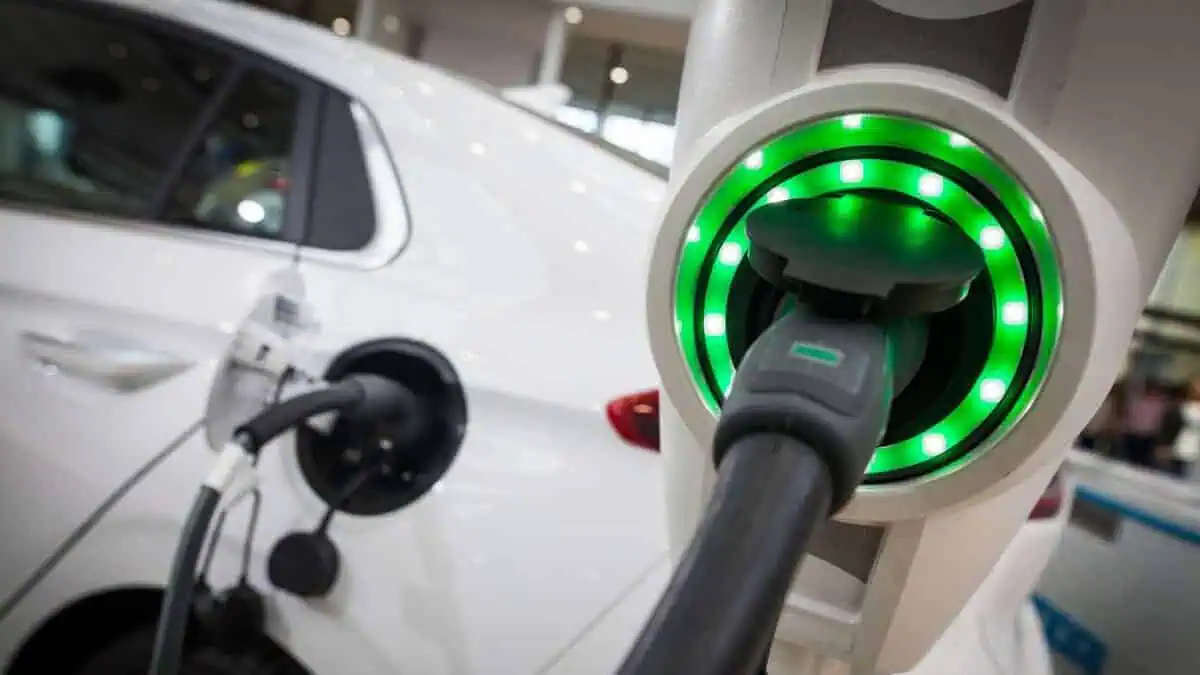The following are the top 20 ways governments and other agencies are supporting electric vehicle charging infrastructures:
| No. | Initiative | Description | Impact |
| 1 | Financial Grants and Subsidies | Providing direct funding for the installation of charging stations, both public and private. | Accelerates deployment and reduces upfront costs for private businesses and individuals. |
| 2 | Tax Incentives and Credits | Offering tax breaks or credits for individuals and businesses who purchase or install charging stations. | Makes charging infrastructure more affordable and incentivizes investment. |
| 3 | Public-Private Partnerships (PPPs) | Collaborating with private companies to share costs and expertise in developing charging networks. | Leverages private sector resources and expertise to expand infrastructure efficiently. |
| 4 | Zero-Emission Vehicle (ZEV) Mandates | Setting targets for the sale of new electric vehicles, which indirectly drives demand for charging infrastructure. | Stimulates the EV market and creates a stronger business case for charging stations. |
| 5 | Building Code Requirements | Mandating new buildings, parking lots, and commercial spaces to include charging infrastructure. | Ensures long-term planning and integration of charging into new developments. |
| 6 | Streamlining Permitting Processes | Simplifying the process for obtaining permits to install charging stations, reducing administrative burdens. | Expedites deployment and reduces costs associated with permitting delays. |
| 7 | Investing in Public Charging Networks | Directly investing in the development and operation of public charging stations, particularly in underserved areas. | Ensures equitable access to charging and addresses gaps in infrastructure availability. |
| 8 | Supporting Research and Development (R&D) | Funding research into new charging technologies, faster charging methods, and innovative infrastructure solutions. | Promotes technological advancements and future-proofs charging infrastructure. |
| 9 | Standardization Initiatives | Establishing common standards for charging connectors, communication protocols, and data formats. | Ensures interoperability between different charging networks and avoids compatibility issues. |
| 10 | Public Awareness and Education Campaigns | Educating the public about the benefits of EVs and the availability of charging infrastructure. | Addresses range anxiety and encourages wider EV adoption by promoting understanding and confidence. |
| 11 | Workplace Charging Incentives | Offering grants or tax breaks to businesses that install charging stations at workplaces. | Encourages commuting by EVs and reduces reliance on personal vehicles. |
| 12 | Fleet Electrification Programs | Supporting the transition of government and public fleets to electric vehicles, including infrastructure development. | Sets an example for other sectors and demonstrates the feasibility of large-scale EV adoption. |
| 13 | Data Sharing and Open Access | Promoting open access to data on charging station availability, usage, and pricing. | Enables informed decision-making for users and developers of charging infrastructure and related services. |
| 14 | Integration with Smart Grids | Supporting the development of smart charging solutions that integrate EVs with the grid to optimize energy use. | Improves grid stability and efficiency while maximizing the potential of EVs as grid assets. |
| 15 | Supporting V2G (Vehicle-to-Grid) Integration | Facilitating the development of V2G technologies that allow EVs to feed power back into the grid. | Creates a two-way flow of energy and provides additional benefits for grid management and resilience. |
| 16 | Promoting Equity and Inclusion | Focusing on deploying charging infrastructure in underserved communities and ensuring affordability for all. | Addresses concerns about equitable access to EV charging and promotes inclusive transportation solutions. |
| 17 | Supporting Rural Charging Infrastructure | Providing specific programs and funding to address the unique challenges of deploying charging stations in rural areas. | Bridges the gap in charging availability and ensures rural communities are not left behind in the EV transition. |
| 18 | Collaboration with Other Levels of Government | Facilitating collaboration between national, regional, and local governments to ensure coordinated and effective policies. | Avoids duplication of efforts and ensures a comprehensive approach to supporting EV charging infrastructure. |
| 19 | Monitoring and Evaluation | Tracking the progress and impact of government initiatives to support EV charging infrastructure. | Provides data for evidence-based decision-making and allows for adjustments to policies and programs as needed. |
| 20 | Engaging with Stakeholders | Consulting with industry, communities, and other stakeholders to develop and implement effective policies. | Ensures diverse perspectives are considered and leads to policies that are more likely to be successful. |






